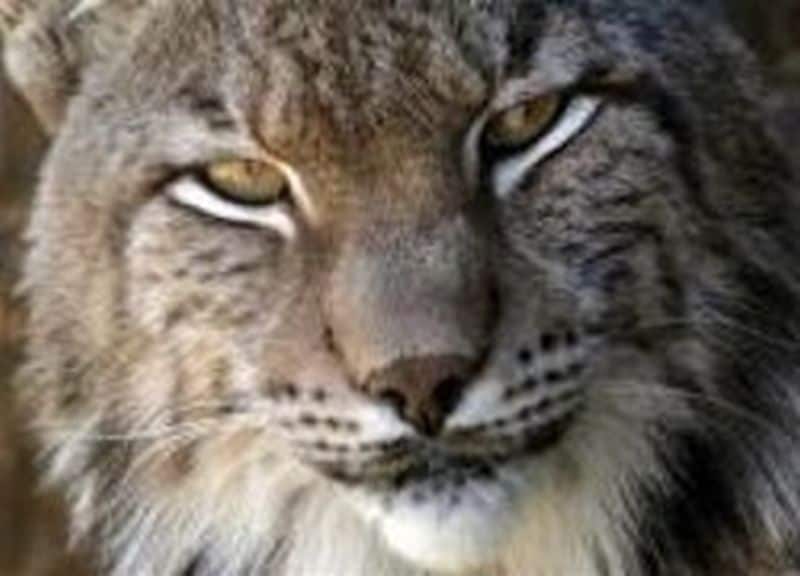What do the ferocious Bengal Tiger, the majestic Gorilla and the extremely swift African Cheetah have in common? They are all either threatened, endangered or equally in peril. Destruction of habitats and poaching are the main reasons for the rapid decline of several species across the globe.
The IUCN is an international conservation organization, dedicated to preserving the world’s natural resources. The IUCN Red List is a comprehensive inventory providing details on the status of all the animals described worldwide. Based on their status, species are classified into categories like extinct, near threatened, threatened, vulnerable, endangered in wild, endangered, least concern etc.
Scientists are now concerned that mammals throughout the world are facing extinction, in the near future. It is said that within this generation’s lifetime, most of these species will go extinct. Extinction rates are overriding rates of discovery of new species in the wild. Extensive information based on scientific research, on the status and significance of these species exists. Data depicts specific numbers for certain species and relative abundance for some.
Scientists worldwide have been studying animal groups like mammals, birds, reptiles, amphibians, fishes, insects and other animals independently and collectively at the same time. It is well known that efforts to preserve them can be species specific, or can have a general approach. Protection of smaller animals like amphibians and reptiles depends on the preservation of the world’s forests. And for larger animals like most mammals efforts have to be concentrated towards decreasing poaching, hunting for game, wildlife trade, trade in pets, and animal consumption as food resource. Only when these threats are directly and immensely focused on, will their numbers cease to decline.
Source: ENN


